

Our World. One picture at a time.
私達の世界の写真。
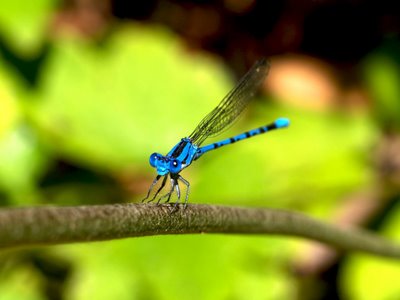
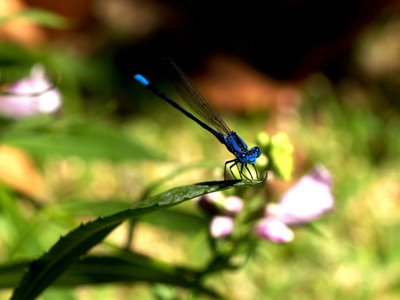


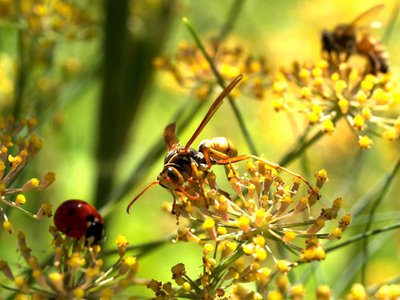
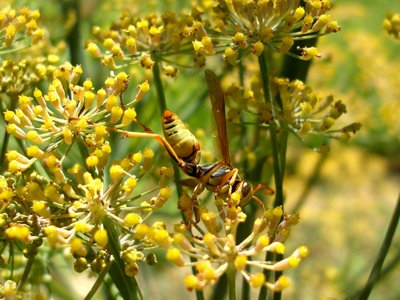


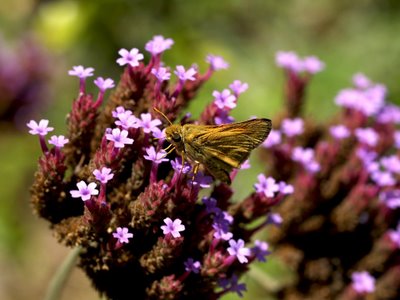

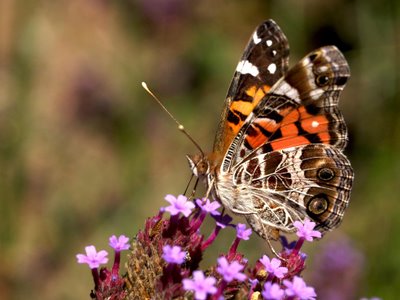
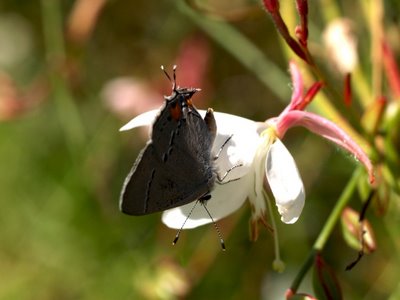

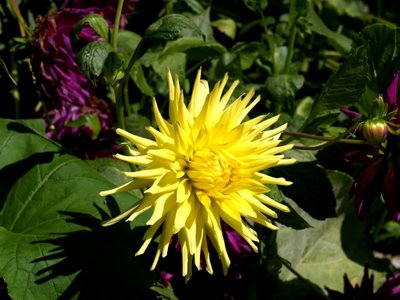


 When walking up at the top of the crater, you are first greeted with a view of Diamond Head.
When walking up at the top of the crater, you are first greeted with a view of Diamond Head.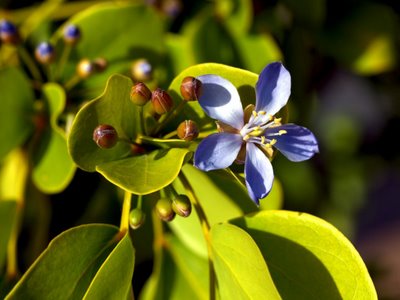 A flower lit by the low angle sun.
A flower lit by the low angle sun. Hidden between the plants, a bug munching on the local flowers.
Hidden between the plants, a bug munching on the local flowers.
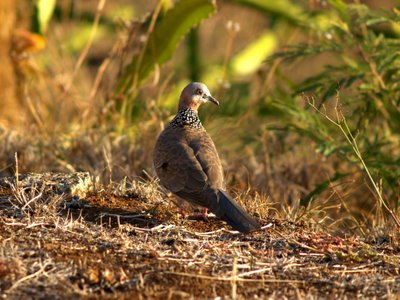 A Mountain Dove. These doves are commonly seen with Zebra Doves.
A Mountain Dove. These doves are commonly seen with Zebra Doves.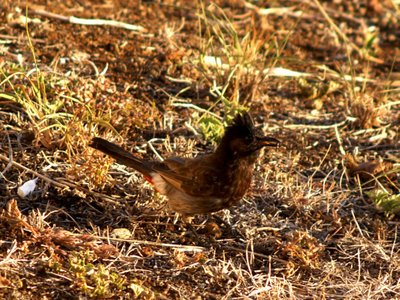 A Red-Vented Bulbul. These appeared on Oahu 50 years ago when it was reported as an un-authorized cage release. One problem with the bulbul is that it likes to eat everything from insects and lizards to many fruits and orchid buds, making it an agricultural pest.
A Red-Vented Bulbul. These appeared on Oahu 50 years ago when it was reported as an un-authorized cage release. One problem with the bulbul is that it likes to eat everything from insects and lizards to many fruits and orchid buds, making it an agricultural pest. A Red-Crested Cardinal. These beautifully colored birds were brought from South America around the 1930s.
A Red-Crested Cardinal. These beautifully colored birds were brought from South America around the 1930s.


 Unfortunately our day for viewing Diamond Head was a very hazy one. Also pictured is Honolulu and Waikiki providing a sense of how crowded our islands have become!
Unfortunately our day for viewing Diamond Head was a very hazy one. Also pictured is Honolulu and Waikiki providing a sense of how crowded our islands have become!
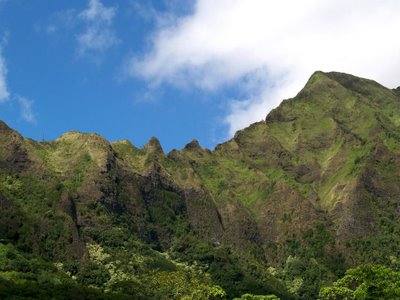 A section of the famous Pali viewed from below.
A section of the famous Pali viewed from below.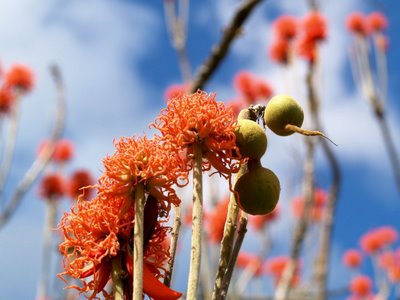

 A Pacific Golden Plover. These birds are also known as the "Kolea". During the summer they nest in Alaska. Their travels from Alaska to Hawaii is a non-stop 50 hours flight. Females will leave first, followed by males and the young are often left to migrate on their own. These birds do not stay the same color for the entire duration of their stay in Hawaii. In August - September when they arrive they are mottled colored. Males will attain a dark black patch on their breasts before leaving the islands in early May. Females also get breeding plumage but look very different from the males.
A Pacific Golden Plover. These birds are also known as the "Kolea". During the summer they nest in Alaska. Their travels from Alaska to Hawaii is a non-stop 50 hours flight. Females will leave first, followed by males and the young are often left to migrate on their own. These birds do not stay the same color for the entire duration of their stay in Hawaii. In August - September when they arrive they are mottled colored. Males will attain a dark black patch on their breasts before leaving the islands in early May. Females also get breeding plumage but look very different from the males. A black swan rests in the sun.
A black swan rests in the sun.
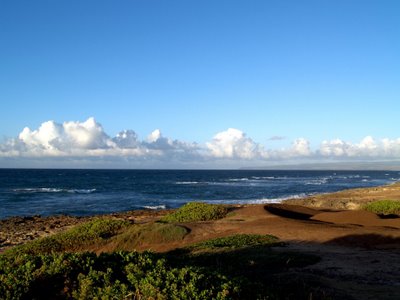 The beautiful view from Kaena Point. In the distance you can see the famous North Shore.
The beautiful view from Kaena Point. In the distance you can see the famous North Shore. A dirt-biker catches some nice air. Normally the backdrop for dirt bikers is...more dirt.
A dirt-biker catches some nice air. Normally the backdrop for dirt bikers is...more dirt.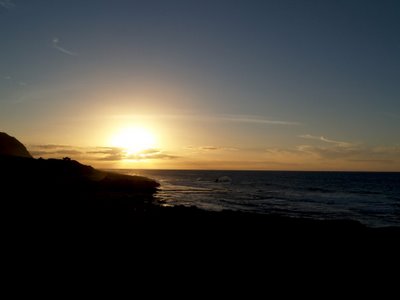 Looking towards the most western point reveals the perfect canvas for the setting sun.
Looking towards the most western point reveals the perfect canvas for the setting sun.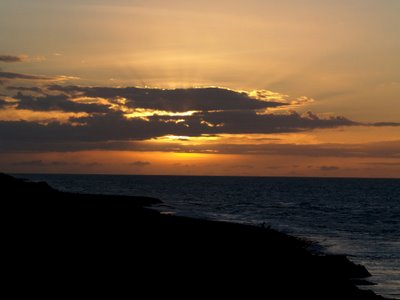 As the sun enters the clouds, intense sun beams begin to emit creating a beautiful view.
As the sun enters the clouds, intense sun beams begin to emit creating a beautiful view.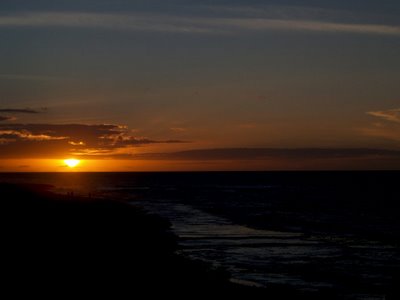
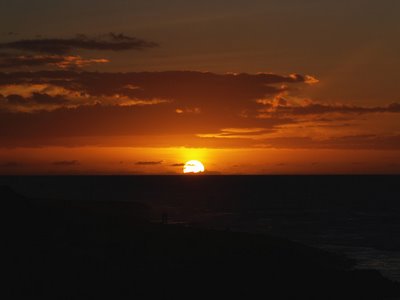

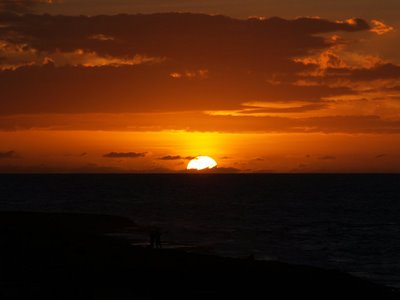 The setting sun begins to dip below the horizon.
The setting sun begins to dip below the horizon.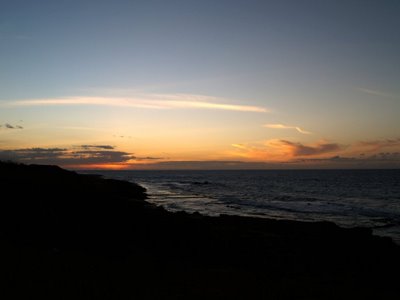 As the sun disappears over the horizon, beautiful oranges are still visible, reflecting off of the clouds.
As the sun disappears over the horizon, beautiful oranges are still visible, reflecting off of the clouds.
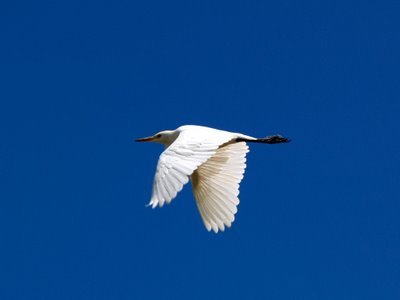


 A bird with a sense of humor. After firing about 15 shots, he decides to show me his good side!
A bird with a sense of humor. After firing about 15 shots, he decides to show me his good side!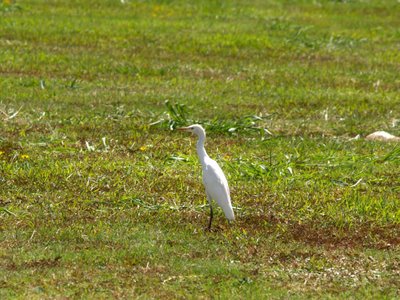 According to the rangers at Hoomaluhia Botanical Gardens, these birds often chase the lawn mowers, and perch on top of the seats awaiting their food. They believe this may be because the gardens have no larger animals to disturb their food thus rely on the lawn mower to scare the smaller creatures out which they eat.
According to the rangers at Hoomaluhia Botanical Gardens, these birds often chase the lawn mowers, and perch on top of the seats awaiting their food. They believe this may be because the gardens have no larger animals to disturb their food thus rely on the lawn mower to scare the smaller creatures out which they eat.